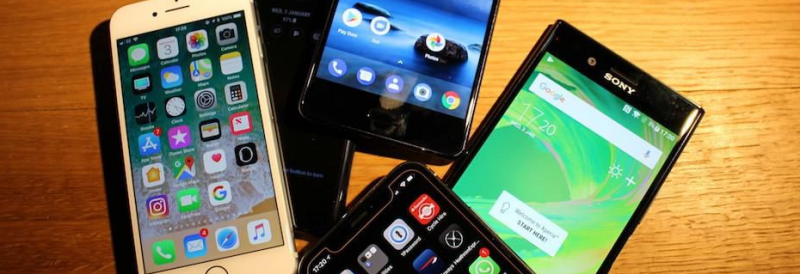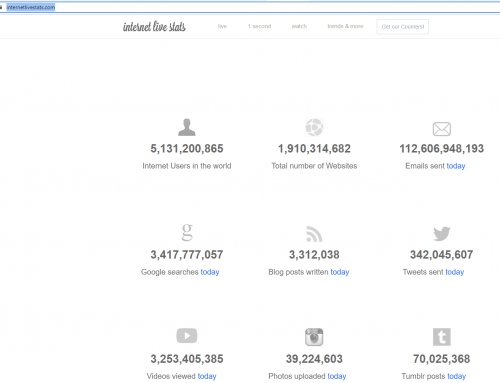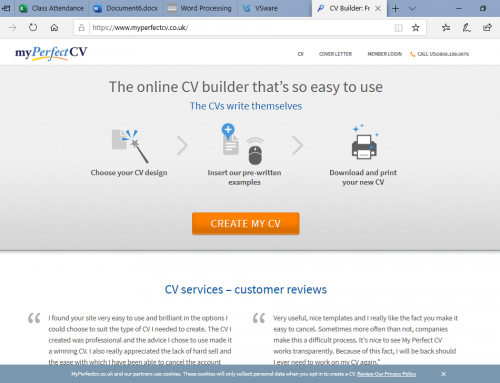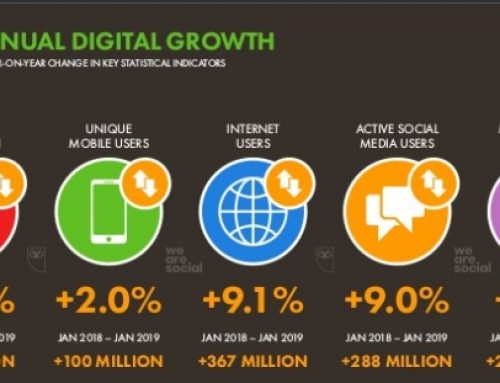Communications Market Report – Read more on CMR-2018-narrative-report
Published 2 August 2018
Market overview
• Telecoms, TV, radio and post services revenue totalled £54.7bn in 2017, 2% lower than 2016.
• 5.2% of households’ spend was on communications services (£124.62 per month); 70% of this was on telecoms services.
Always on: the connected customer
People claimed to spend a total of one day a week online (24 hours), more than twice as much as in 2011.
• Seven in ten commuters use their smartphone on their journey.
• The most popular smartphone activities for commuters are sending and receiving messages (43%) and using social media (32%).
• Young adults are more likely to multi-task on their smartphones while they commute: 27% of 18-34s engage in at least five online activities while commuting; but only 9% of over-35s do so.
• Most adults acknowledged the value of being connected, with threequarters agreeing that being online helps them maintain personal relationships. But they also acknowledge its drawbacks, such as interrupting face-to-face communications with others.
A decade of change in the communications sector
• Since the launch of the BBC iPlayer and the iPhone in 2007:
–– Smartphones have become the most popular internet-connected
device (78% of UK adults use one)
–– Ownership of tablets (58% of UK households) and games consoles (44%
of UK adults) has plateaued in the last three years
–– Smart TVs were in 42% of households in 2017, up from 5% in 2012
–– One in five households (20%) has wearable tech (smart watches,
fitness trackers)
• The benefits of the last ten years of connectivity have not been distributed
equally. Lower-income households and over-54s are less likely to have
smartphones, laptops and tablets, but are as likely to have a TV.
• Mobile phones and TVs are the only communications devices with nearuniversal
reach in the UK (96% and 95% of households).




